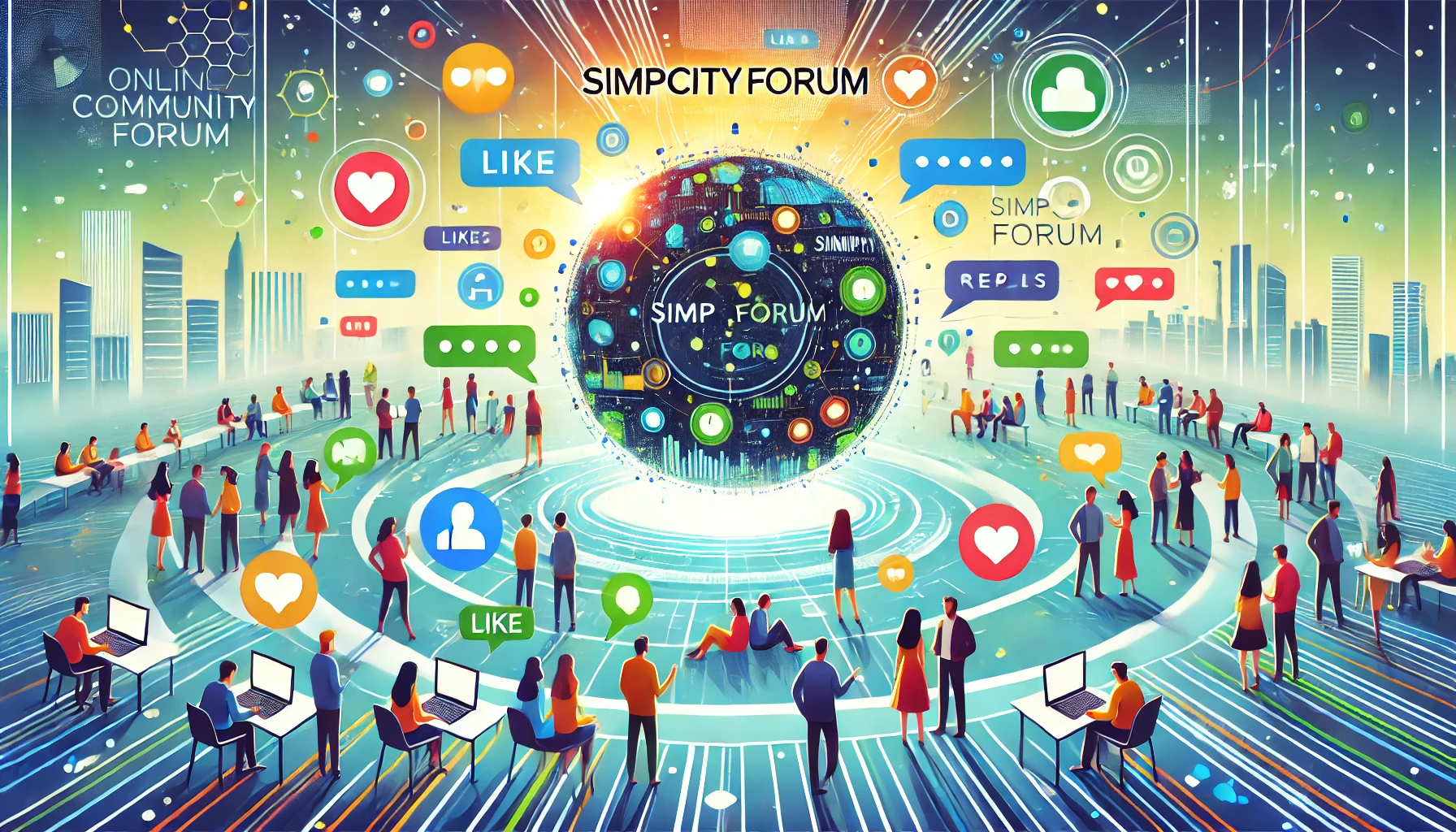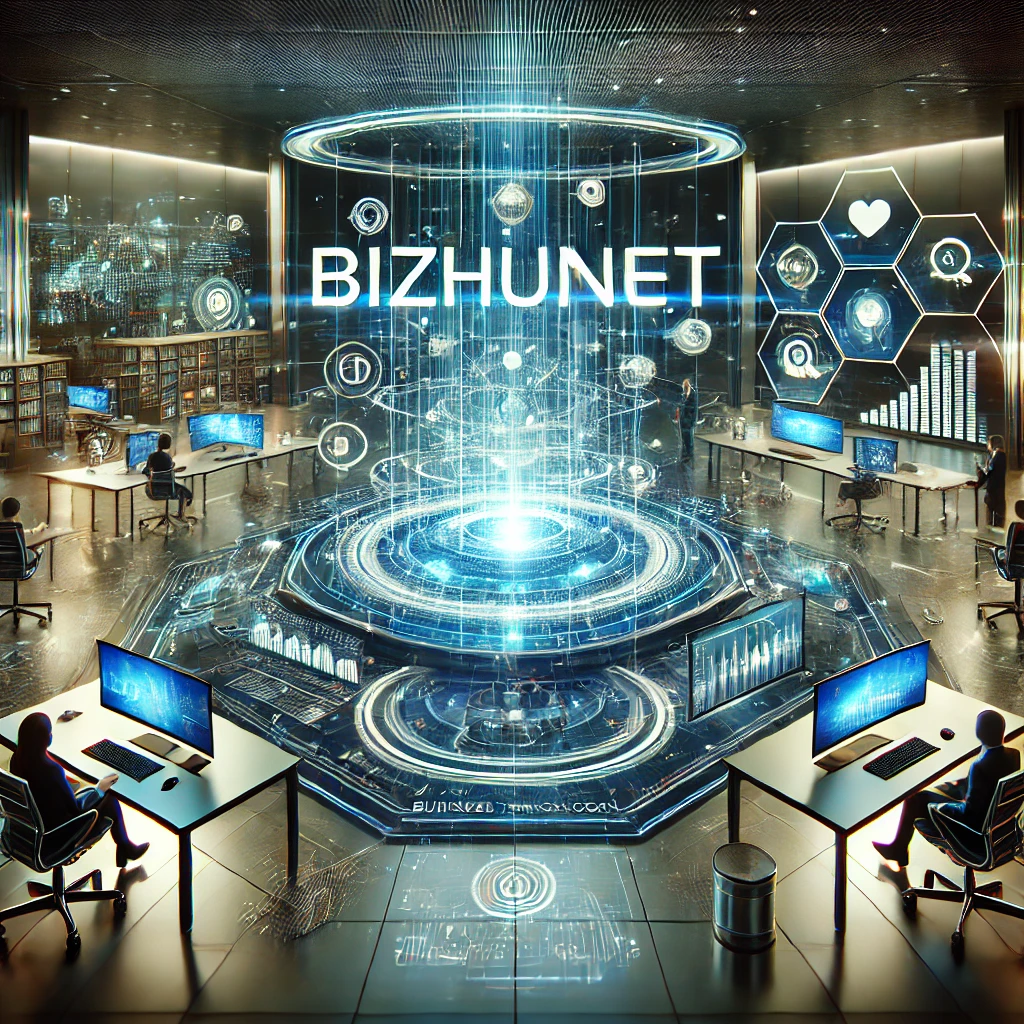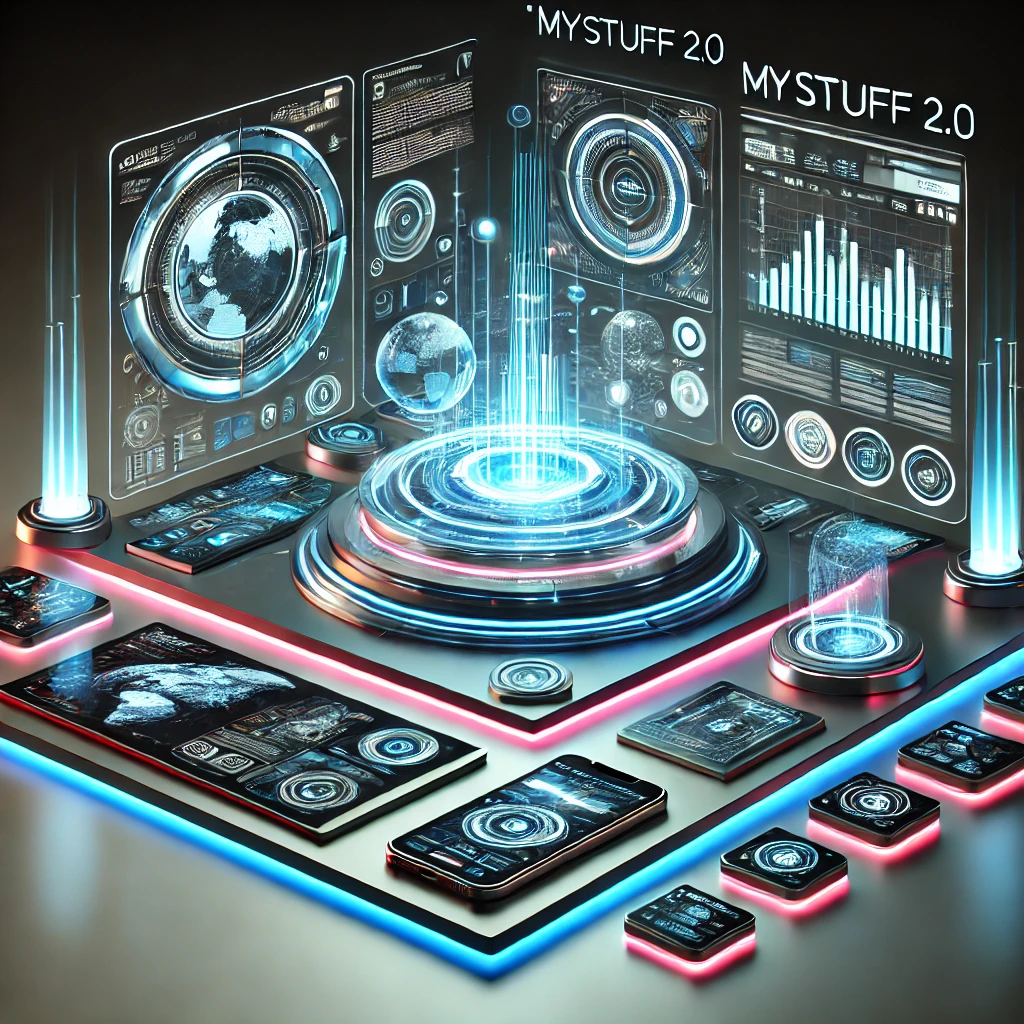
What is PS2 BIOS?
The PS2 BIOS, or Basic Input/Output System, is an essential component of the PlayStation 2 console, acting as the intermediary between the hardware and software. It is a firmware that initializes and manages the myriad hardware components of the console, allowing the operating system and game software to interact seamlessly with the underlying hardware architecture. Without the PS2 BIOS, the console would be unable to function, as it provides the necessary instructions for the CPU, memory, and peripheral devices to operate correctly.
In the context of the PlayStation 2, the BIOS is packed with numerous functionalities, including controller support, video output settings, and system configuration options. Each time a game or application is launched, the PS2 BIOS is responsible for checking the integrity of the software and determining if it can run efficiently. It also manages the boot process, allowing users to access system settings and navigate through game menus. Understanding the critical role of the PS2 BIOS is key to appreciating the overall architecture of the console and its impact on gaming performance.
The Importance of PS2 BIOS in Gaming
The PlayStation 2 (PS2) remains a beloved gaming console, thanks in large part to its powerful BIOS (Basic Input/Output System). The PS2 BIOS serves as the foundational software that allows the console to operate and run games effectively. Without this essential component, the entire gaming experience would be compromised, making it vital for both performance and compatibility.
One of the primary functions of the PS2 BIOS is facilitating the loading of games. When a game is inserted into the console, it is the BIOS that initializes the necessary hardware and software resources. This allows for smooth gameplay and quick loading times, enhancing the overall gaming experience. Furthermore, the BIOS plays a critical role in maintaining compatibility between games and the console. Different versions of the PS2 BIOS may offer varied support for specific game titles, particularly when considering region-locked games. Region-specific BIOS files allow players to access a broader library of games while also ensuring their chosen titles run smoothly.
Another significant aspect impacted by the PS2 BIOS is performance optimization. The BIOS versions differ not only based on regional locks but also in the efficiency of how they handle system resources. Players might notice variations in game performance due to these differences, with some BIOS versions allowing for better frame rates and lower latency. For those interested in emulation, the BIOS is indispensable, as it is required for accurately replicating the PS2 gaming experience on PC or other platforms. Emulation communities often stress the importance of using the correct PS2 BIOS to ensure that cherished games replicate their original performance.
In conclusion, the PS2 BIOS is crucial for the successful operation and enjoyment of the PlayStation 2. Understanding its significance in loading, compatibility, and performance gives gamers a clearer appreciation of this vital component and its role within the PS2 ecosystem.
![]()
How to Obtain and Use PS2 BIOS Legally
Obtaining PS2 BIOS files legally is essential for ensuring compliance with copyright laws while enjoying the benefits of emulation. The first step for users is to understand that the PS2 BIOS is proprietary software created by Sony, and therefore, downloading it from unauthorized sources is illegal. The most straightforward and lawful way to acquire the BIOS is to extract it from your own PlayStation 2 console. This retains the authenticity of the software and aligns with legal standards.
To begin this process, you will need a compatible modchip or an appropriate software tool that can facilitate the dumping of the BIOS. Tools such as “PS2 BIOS Dumper” are popular among users with the necessary technical knowledge. It’s recommended that individuals familiarize themselves with the method of extracting these files, ensuring adherence to the instructions provided by reputable sources. Once the BIOS has been extracted, it is typically saved in a specific format that emulators or mods can utilize.
When setting up an emulator, it is vital to select one that supports the PS2 BIOS you have dumped. Popular emulators like PCSX2 require the BIOS to function properly. After the extraction is complete, users should locate their emulator’s configuration settings and integrate the BIOS file, allowing the emulator to emulate the features of a PlayStation 2 accurately.
Furthermore, users should remain conscious of the legal implications related to firmware modifications and usage. It is advisable to use only one’s personal firmware and strictly refrain from sharing BIOS files with others, as this could potentially infringe on copyright policies established by the console’s manufacturer. By following these guidelines, users can enjoy emulation while respecting intellectual property rights and maintaining a lawful approach.
Troubleshooting PS2 BIOS Issues
The PS2 BIOS is integral to the functionality of PlayStation 2 games, enabling the console to run software effectively. However, users may encounter several issues related to the BIOS. Common problems include the BIOS not loading, compatibility errors, and potential corrupt files. By understanding these challenges, users can better troubleshoot and ensure optimal performance.
One frequent issue is the failure of the PS2 BIOS to load properly. This can occur for various reasons, including hardware malfunctions or file corruption. To address this, users can start by checking the status of their console’s memory card and ensuring that no save files are corrupted. Additionally, ensuring that the correct BIOS version is being used is vital, as using an outdated or incompatible file may prevent the system from functioning as intended.
Compatibility errors often manifest when attempting to run games or emulators that may not support the specific version of the PS2 BIOS in use. Users experiencing this issue should verify that they are utilizing an appropriate BIOS version tailored to their specific games and emulators. In some cases, trying alternate BIOS files can provide a temporary solution. However, it is essential to source these files from reputable sources to avoid potential security risks and further complications.
If file corruption is suspected, performing a restore operation may be necessary. This can involve resetting the BIOS settings to default or reinstalling the BIOS software. In emulators, users should check the settings within the emulator interface to ensure the correct BIOS file is selected and that all configurations are set correctly. By following these practical solutions, users can effectively address various PS2 BIOS-related challenges and enhance their gaming experience.





